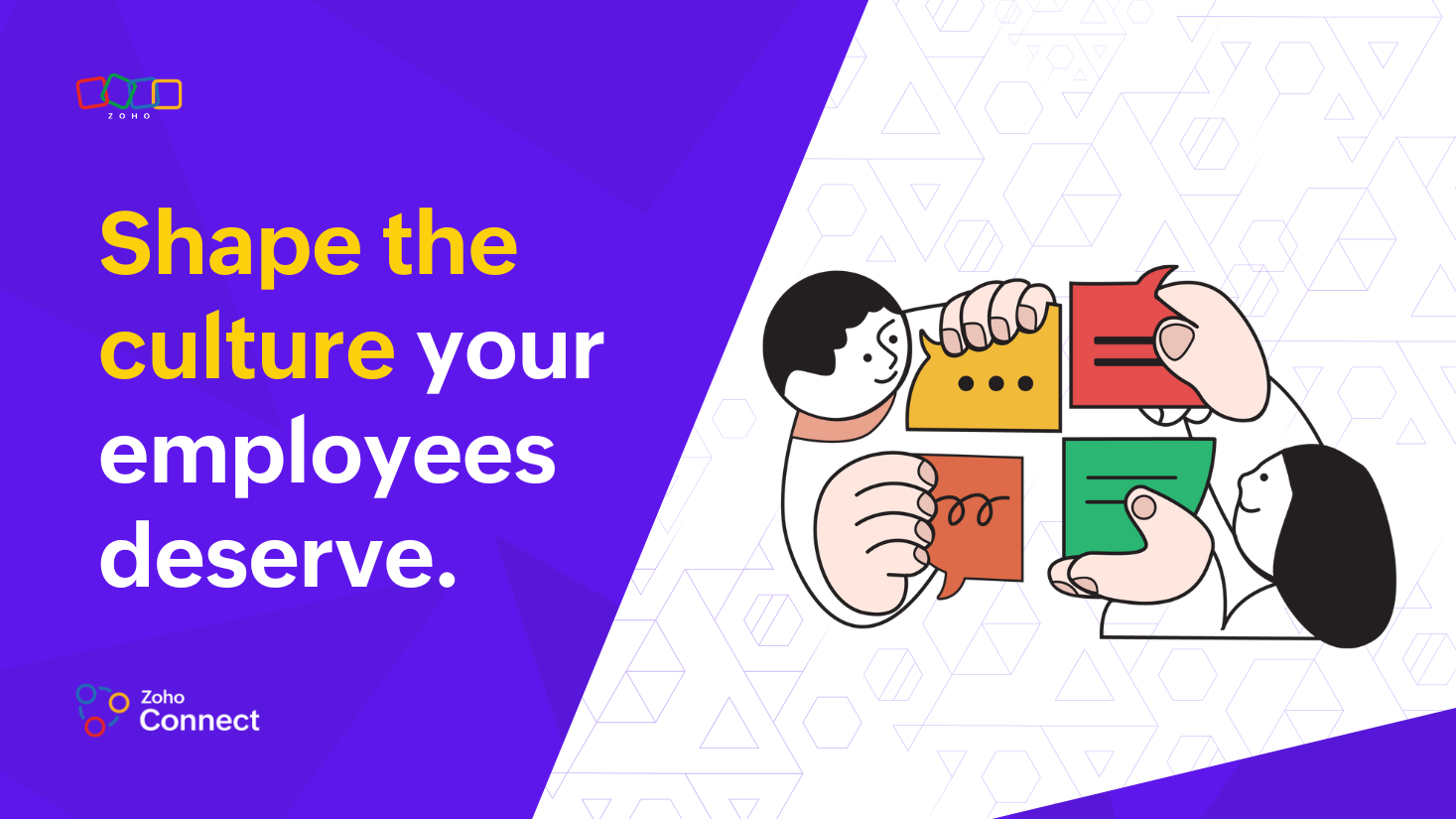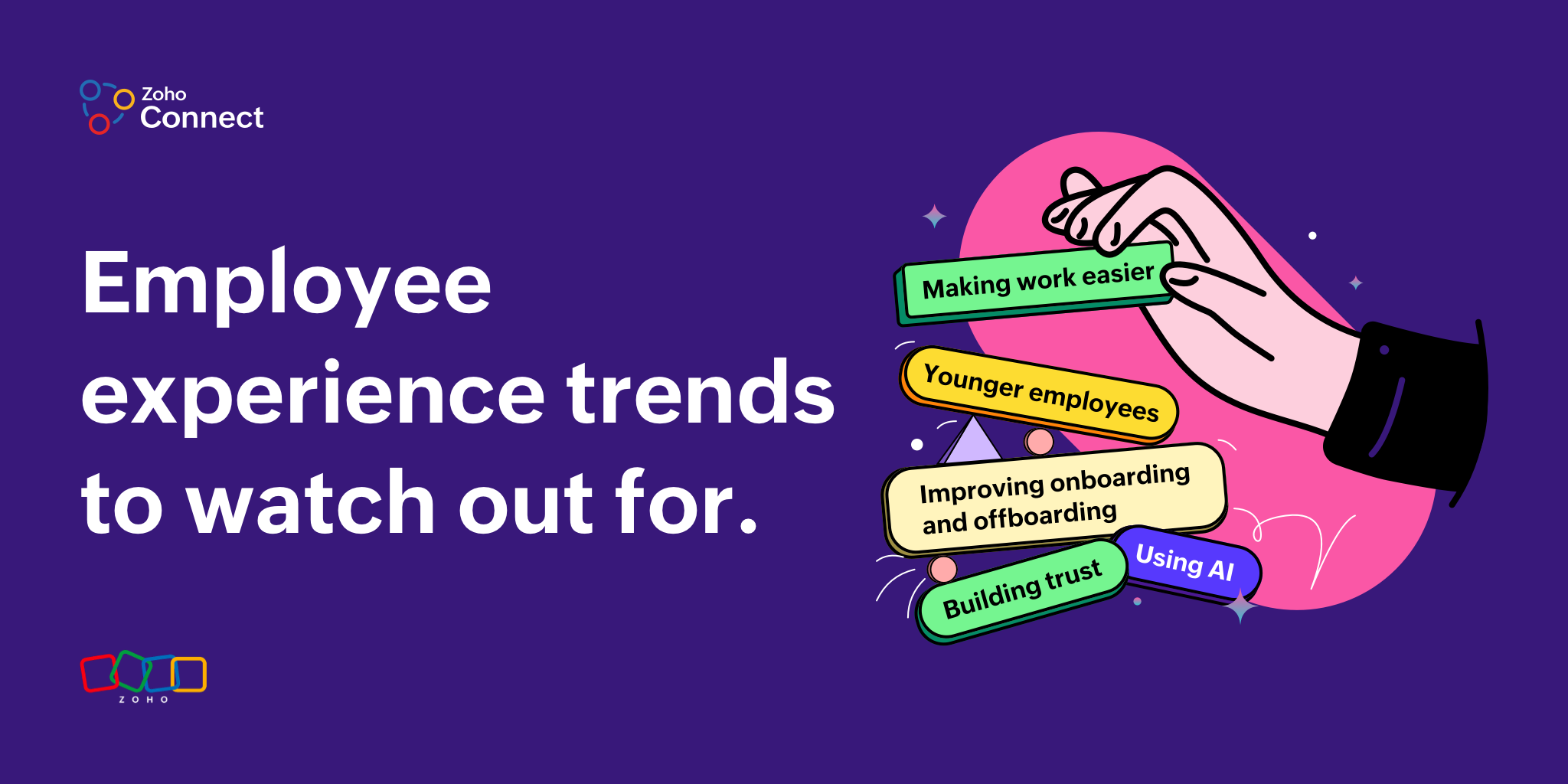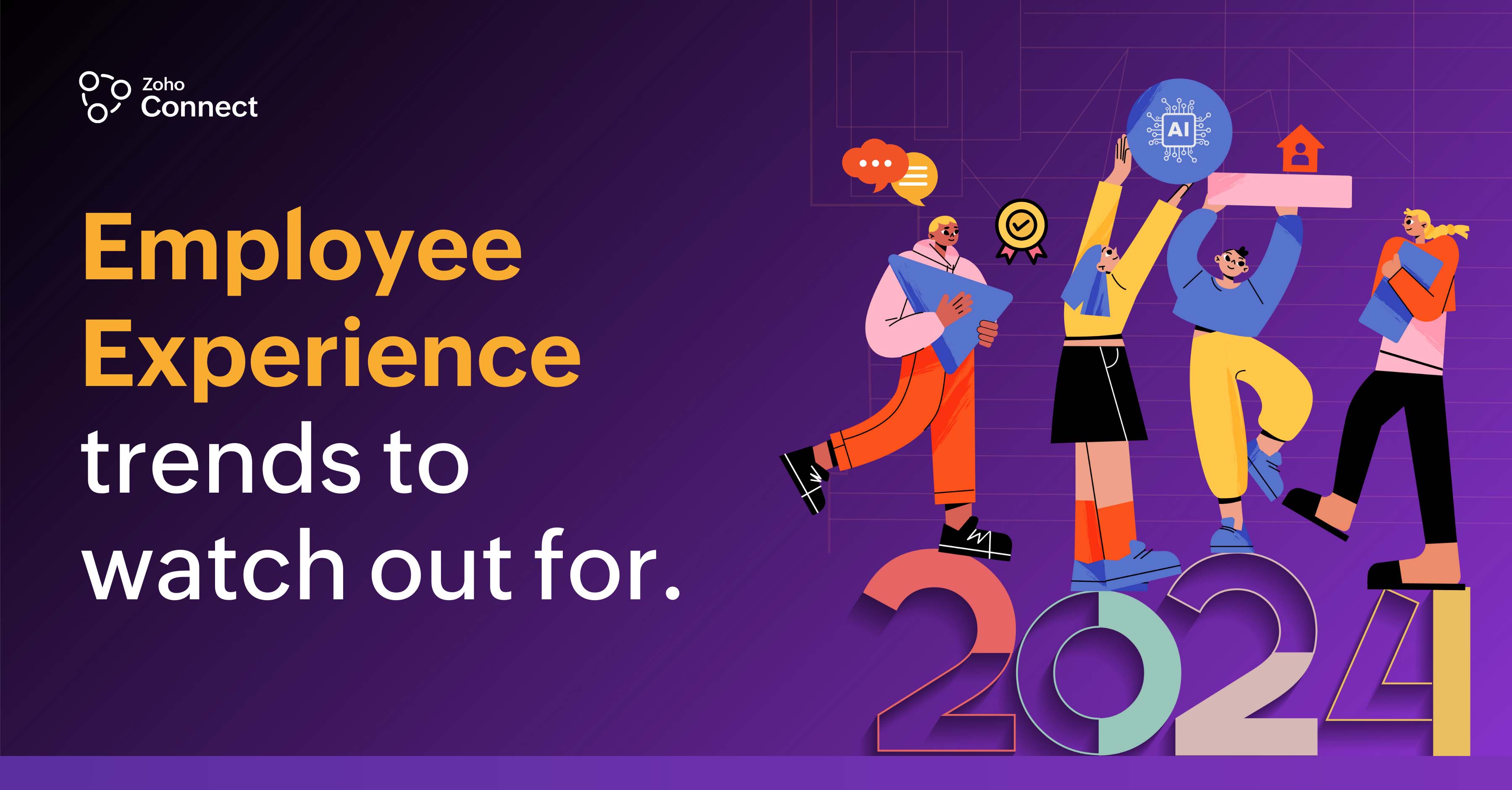- HOME
- Work Culture
- Your guide to evolving company culture—one step at a time
Your guide to evolving company culture—one step at a time
- Last Updated : December 12, 2024
- 243 Views
- 6 Min Read

Did you know that companies with strong cultures see 72% higher employee engagement and 33% higher profits? It’s true. The health of your company culture plays a massive role in your business’ success. Just like people grow and change, so should the culture of a company. It’s not something that stays static—it needs constant care and attention to adapt to new challenges, goals, and environments.
But how do you go about evolving your company culture in a way that makes sense? How can you ensure your culture supports the changes your business needs to thrive while also keeping employees engaged and happy? The answer lies in having a well thought out roadmap. This isn’t a one-size-fits-all approach; it’s about tailoring the culture to your company’s unique needs, vision, and people.
What is company culture?
At its core, company culture is the shared personality of your organization. It’s the way people work together, solve problems, and make decisions. It reflects your company’s values, traditions, and unwritten rules.
Why does culture matter?
It shapes the employee experience: A healthy culture makes employees feel valued, leading to higher morale and productivity.
It builds your brand: Culture influences how outsiders—clients, customers, and prospective hires—perceive your company.
It drives success: A cohesive culture creates alignment within teams, helping organizations reach their goals faster.
Whether it’s fostering innovation, prioritizing work-life balance, or building trust, the right culture serves as a compass for your company’s actions and outcomes.
Step 1: Get a clear picture of your current culture
Before you can evolve your culture, it’s important to understand where you stand right now. If you’ve ever tried to map out a journey without knowing your starting point, you know how tricky that can be. To get a clear picture of your current culture, start by gathering feedback from your employees. This is best done through surveys, one-on-one interviews, or group discussions.
Ask questions like:
What do you like about our current culture?
Are there any areas that you feel need improvement?
How would you describe the work environment here?
Do you feel connected to the company’s mission and values?
By getting honest feedback, you’ll have a better understanding of what’s working well and where things might need a little tweaking. This is a critical first step because it will highlight the changes you need to make and help you avoid making unnecessary shifts.
Step 2: Define your vision for the future
Once you have a good sense of your current culture, it’s time to think about where you want to go. What kind of culture do you want your company to have in the future? This is where you can get creative. Think about the qualities you want to nurture in your workplace. Do you want to create a workplace where employees feel connected to the mission of serving customers better? Maybe you want to foster more innovation or strengthen employee well-being. The possibilities are endless, but the key is to define a vision that aligns with both your company’s goals and your team’s needs.
Consider the following:
What values do you want to see more of?
What kind of behavior do you want to encourage?
How do you want people to feel when they come to work every day?
A well-defined vision helps you create a cultural shift that’s intentional and aligned with your goals. Be sure to involve your leadership team in this process, as their support and involvement will be crucial to the success of the evolution.
Step 3: Identify gaps between the current and desired culture
Now that you know where you are and where you want to go, it’s time to pinpoint the gaps.
What’s standing between your current culture and the one you envision?
For example, if you want to create a more collaborative environment, but employees currently feel disconnected, then communication and teamwork might be an area to focus on. Or, if your goal is to build a more inclusive culture, but employees from diverse backgrounds aren’t feeling fully supported, you can focus on improving that.
These gaps will become the focus of your action plan, so it’s important to be as specific as possible. Don’t just say, “We need to improve communication.” Instead, identify where communication is breaking down—whether it’s between departments, teams, or leadership—and then figure out how to address it.
Step 4: Set clear goals and create an action plan
With a clear vision of the gaps that need to be addressed, it’s time to build your action plan. This is the roadmap to evolving your company culture. Your plan should outline the specific steps you need to take to close those gaps and move towards your desired culture.
Here’s how to get started
1. Set cultural goals
Start by identifying measurable goals for your cultural evolution.
For example:
Increase employee engagement by 10% in the next six months.
Encourage more cross-team collaboration by launching regular team-building events.
Improve communication between departments by implementing new collaboration tools.
2. Outline actionable steps
Next, identify the specific actions that will help you achieve these goals.
Some actions might include:
Training managers to be better communicators and leaders.
Offering wellness programs to support employees’ work-life balance.
Organizing monthly cross-departmental meetings to encourage collaboration.
3. Assign roles and responsibilities
To make sure your plan is carried out effectively, assign clear responsibilities. This might involve designating a cultural ambassador or forming a committee to oversee the changes. Make sure everyone knows their role in bringing the culture to life.
4. Measure progress
Culture changes don’t happen overnight. It’s important to track your progress and make adjustments as needed. You can do this through regular surveys, employee feedback, and engagement metrics.
Step 5: Communicate the plan to your employees
Creating the plan is one thing, but getting your employees on board is just as important. If employees don’t understand or believe in the direction you’re taking, it’ll be tough to achieve any real change.
Be transparent about the changes you’re planning and why they’re important. Hold company-wide meetings, post an announcement on internal communication platforms, like Connect, or send out detailed emails explaining the vision for the cultural shift. Let employees know how they can contribute to the change and what role they play in shaping the future culture of the company. Keep in mind that culture change is a two-way street. Encourage feedback from your employees throughout the process, and be open to making adjustments based on their input.
Step 6: Take action and iterate
Now comes the exciting part: taking action.
Start rolling out the initiatives outlined in your action plan. Whether it’s launching a new leadership training program or hosting team-building events, make sure your actions align with the cultural shift you’re trying to create.
Culture isn’t something that changes overnight. It’s a continuous process. Regularly check in with your employees to see how they’re feeling about the changes and if anything needs tweaking. Culture evolves as the needs of your company and your employees change, so be flexible and open to feedback.
Step 7: Celebrate wins and keep the momentum going
As your cultural shift takes hold, be sure to celebrate the small wins along the way. Whether it’s improved communication, more collaboration, or higher employee satisfaction, acknowledging these milestones helps keep the momentum going.
Celebrating successes also reinforces the behaviors you want to encourage in your workplace. When employees see positive results from the changes, they’ll be more likely to stay engaged and continue to support the cultural shift.
Final thoughts
Creating a roadmap for evolving your company culture is no small feat, but having the right tools can make all the difference. With employee experience platforms (EX) like Zoho Connect, you can bridge gaps, foster collaboration, and keep your employees engaged as you work towards your cultural goals.
With features like virtual town halls, forums, peer-to-peer recognition, sentiment analysis, and collaborative spaces, Zoho Connect gives you the flexibility to shape a culture that truly reflects your vision. Whether you're focusing on better communication, stronger connections, or deeper employee engagement, we've got you covered.
Ready to take the next step in building a thriving company culture? Start your journey with Zoho Connect today.
Explore how we can help your organization grow and evolve effortlessly.
Let’s connect!










